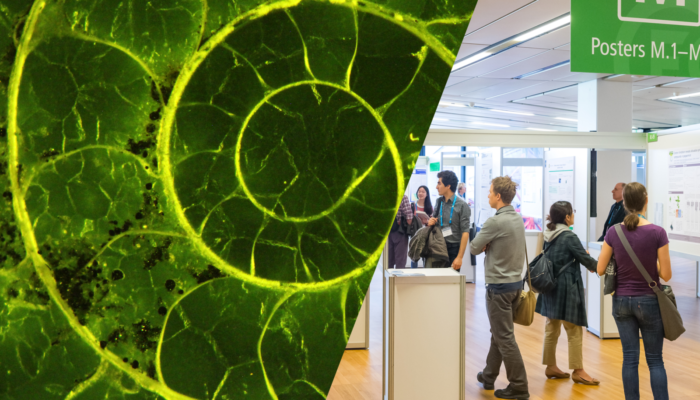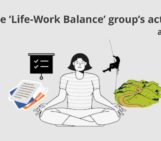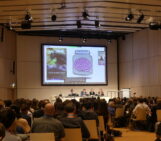
With EGU’s General Assembly fully virtual again this year, everyone attending will already be saving a huge amount of carbon by not travelling, sometimes across huge distances, to Vienna in Austria. But what about next year, and other future events when we will once again be able to meet in person? Are there things we can adopt from a virtual conference to make our in-person conference experience greener? Of course there are! From making connections to sharing publications, technological advancements can help all of us keep the functionality of a digital conference AND enjoy the benefits of meeting in real life.
For many of us, making new connections and networking is a key part of attending a conference – especially for Early Career Scientists. In a digital format, although meeting people may sometimes feel less organic, finding people’s contact information is often easier, as in many conferences people will have a digital ‘profile‘ that includes their social media and research contacts (like ResearchGate, Publons or ORCID information). In person we often rely on business cards, which can be a great way to keep track of who you have met, but place a big strain on the environment – so why not consider making a digital business card instead?! If you don’t want to go that far, even adding your basic contact information, unobtrusively, to every slide in your presentation, means that people get more opportunities to note it down. Finally, think about changing your social media biography text to be more specific to the conference you are attending, adding a current photo and perhaps your presentation number or other identifier information to make it easier to find you.
So you have updated your networking game, but what about sharing your science? A common sight at a conference are printed versions of papers, just ready to be handed out and read by excited participants, but not only can that get pretty heavy, it’s also bad news for the environment. Try instead a solution that works online as well as in person: adding QR codes. A QR code is an image that links to a designated web location (such as your paper) and can be accessed by anyone who has a camera on their smartphone. You can add a QR code image to printed or digital posters, oral presentation or vPICO slides or even your digital business card! That way people can access your research without having to carry around a huge pile of paper – and in a digital world it becomes even easier to make your paper the highlight of someone’s morning!
Finally, one of the big benefits of digital conferences can be having access to your own kitchen – but that is also something that you can adopt at your future in-person conference by bringing food with you to the conference center. Not only is it cheaper to bring your own food to a conference (much like if you were on a fieldtrip) but it can also be easier to than trying to find food in a giant conference center. Don’t get us wrong, we love the spring General Assembly, but there are thousands of people there and if you have attended before you know how long those coffee queues can get! Bringing your own food (and #EGUmug) allows you to choose not only food types that support you best, but also that are environmentally friendly, reducing excess packaging and unnecessary waste.
These are only a few ways that you can take ideas from a digital conference to make your next in-person conference more environmentally friendly, what additional ideas do you have? Leave a comment with your ideas and let’s start planning for a GreenEGU in 2022!




